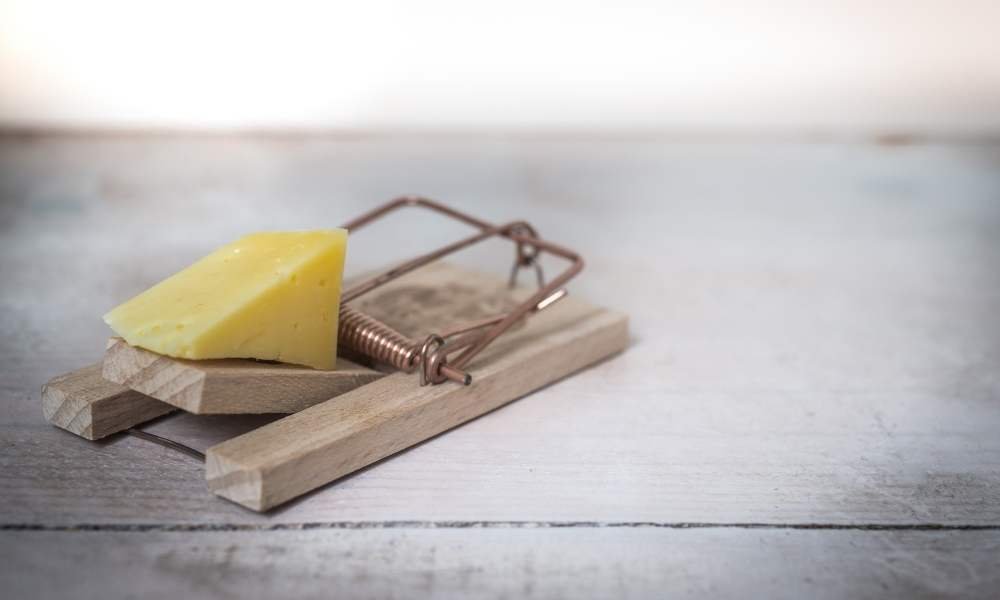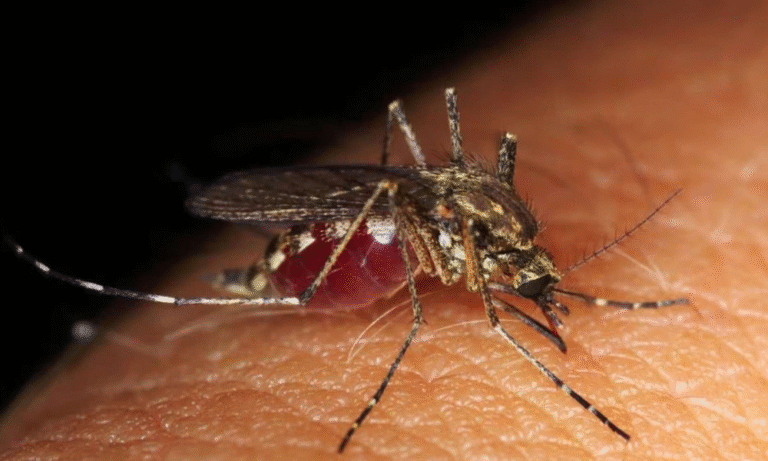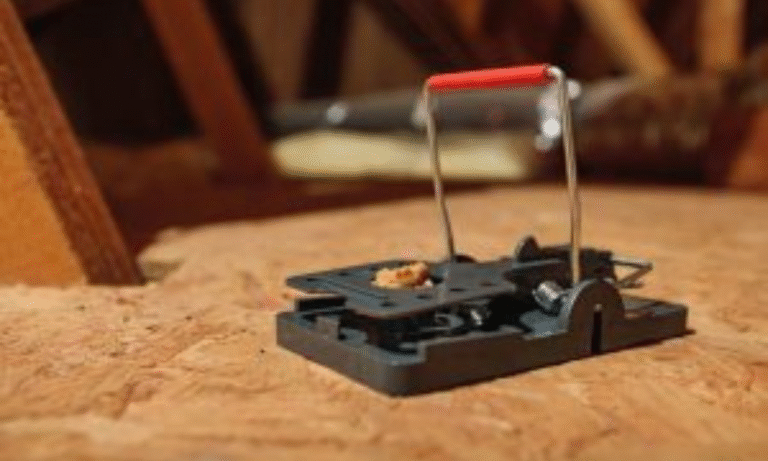Estimated reading time: 6 minutes
Mousetraps are an excellent way to get rid of mice. They can come in many shapes and sizes, but no one type is best. There are a few things to consider before you choose the right mouse trap for your home or business.
It’s not always easy to decide which trap will work best for your needs. We’ve compiled some information below about different types of mice traps so that you can choose the one that is right for you. We’ll go over everything you need to know about choosing the right one for your needs.
Type of Mouse Traps:
There are various types of mouse traps, including glue boards, snap traps, and electronic traps. The type of mouse trap you use depends on the type of mouse in your home or business.
Glue Boards: If you have a small infestation with little damage caused by mice, then glue boards can be used. These types of mouse traps work when they step on them and get their feet stuck to the board.
Since mice cannot carry food back to their nest, they will try to scurry away which just results in getting more entangled in the glue and eventually die from starvation and stress.
Snap Traps: The wood-based snap trap is still one of the most popular types of mousetrap because they are inexpensive, easy to use, and effective.
These types of mouse traps work by springing closed on the mice when they step on them, killing them instantly.
They also provide an opportunity for you to dispose of the dead mouse without having it touch your hands.
Electronic Traps: Electronic type of mouse traps plug into a wall or run with batteries and emit electric shock to kill the mice that come inside its boundaries.
Feature of mouse traps:
Mousetraps are used to catch mice that have invaded a home. Traps are available in many shapes and sizes, including glue boards, electric “zappers,” snap traps and others. Many people think the mousetrap is an invention of recent years while it has actually been around for thousands of years ago.
Material of mouse traps:
The material used in the construction of such traps varies from place to place as well as material used depending on how it should perform its job and other factors like costs involved etc.
Some common materials include wood, steel, plastic, and brass. These materials depend on practicality and cost-effectiveness rather than effectiveness at catching mice and rats efficiently.
Function of mouse traps:
A mousetrap is a piece of equipment that is used to catch mice, small rodents. They are typically used in homes and buildings because they are made with materials that are safe for indoor use.
Mousetraps are usually made of plastic or wood. They are easily purchased in stores, but they can also be made at home by putting wire mesh onto a flat surface.
The most vital part of the trap is its trigger mechanism which engages when the mouse takes the bait, or alternatively through a weight-sensitive system or designed to quickly attract the attention of the mouse.
Durability:
The durability of mouse traps is a very important factor to consider when buying a mousetrap. Many people buy their first mousetrap, and then they never think about durability again.
However, durability is actually more important than some other factors such as price or even effectiveness. This is because durability directly affects the ability of you to kill mice effectively with one mousetrap.
Price:
A mousetrap is a device for catching mice. It can be either homemade or manufactured and commercialized, usually triggered by an animal’s touch or smell, although some traps are designed to catch the mouse without injuring it. Mouse Traps vary in design and effectiveness.
When purchasing a mouse trap there are several things you need to consider: the type of mouse you want to catch, the price range of mouse traps, and some other features you may want.
There are different types of mouse traps to buy, but they can be roughly divided into three price ranges: cheap, expensive, and overkill.
Use of mouse traps:
Use mouse traps to get rid of mice. Mousetraps are pieces of equipment designed to catch mice alive for use in pest control. They use safe, simple, and more effective ways to kill mice.
However, the use of mouse traps provides an easier way to get rid of mice without exposing your family members or pets to harmful chemicals that may cause harm or death when exposed accidentally.
Advantages:
Mousetraps allow people to catch mice without having to handle them directly, which eliminates the danger of being bitten by a wild animal.
Their advantage over poisons means there is no additional risk of someone coming into contact with residues or carcasses, whether accidentally or on purpose.
They offer an advantage over other types because they allow your hands to remain free while catches are secured in the trap until it is time to release them.
Disadvantage:
There are many disadvantages of mouse traps. When you set up these traps, you can end up hurting your own pets or children.
If you’re not careful, the mice might even be able to steal some of the bait that was meant for them without getting caught at all! You also run into problems when one mouse dies in the trap and starts to decay over time.
The smell of death releases odors that attract other mice, which may cause more problems than solving them. Some people do not like using poisons because they fear their pets will eat the dead mouse later on.
Plus, there is no real way to know if a poison has actually worked unless you actually see it die right in front of you!
Conclusion:
There are many factors to consider when choosing the best mouse traps. If you’re looking for a speedy and effective option, go with glue boards or sticky traps. However, if you want something that is more humane and takes up less space in your home, try using live traps or snap traps. You need to find what works best for your needs before purchasing any of these options.



